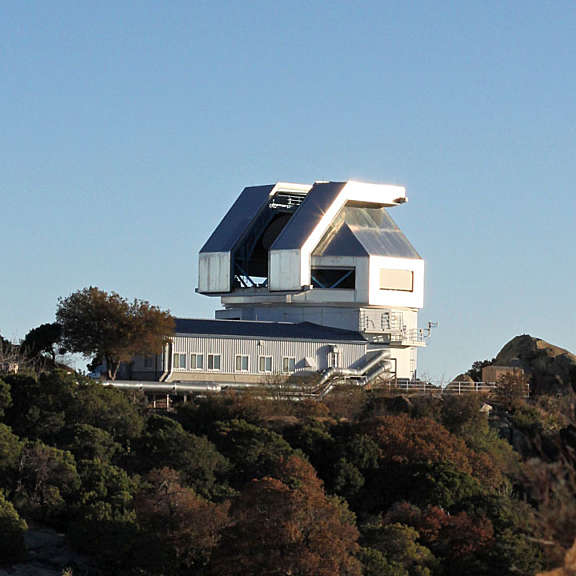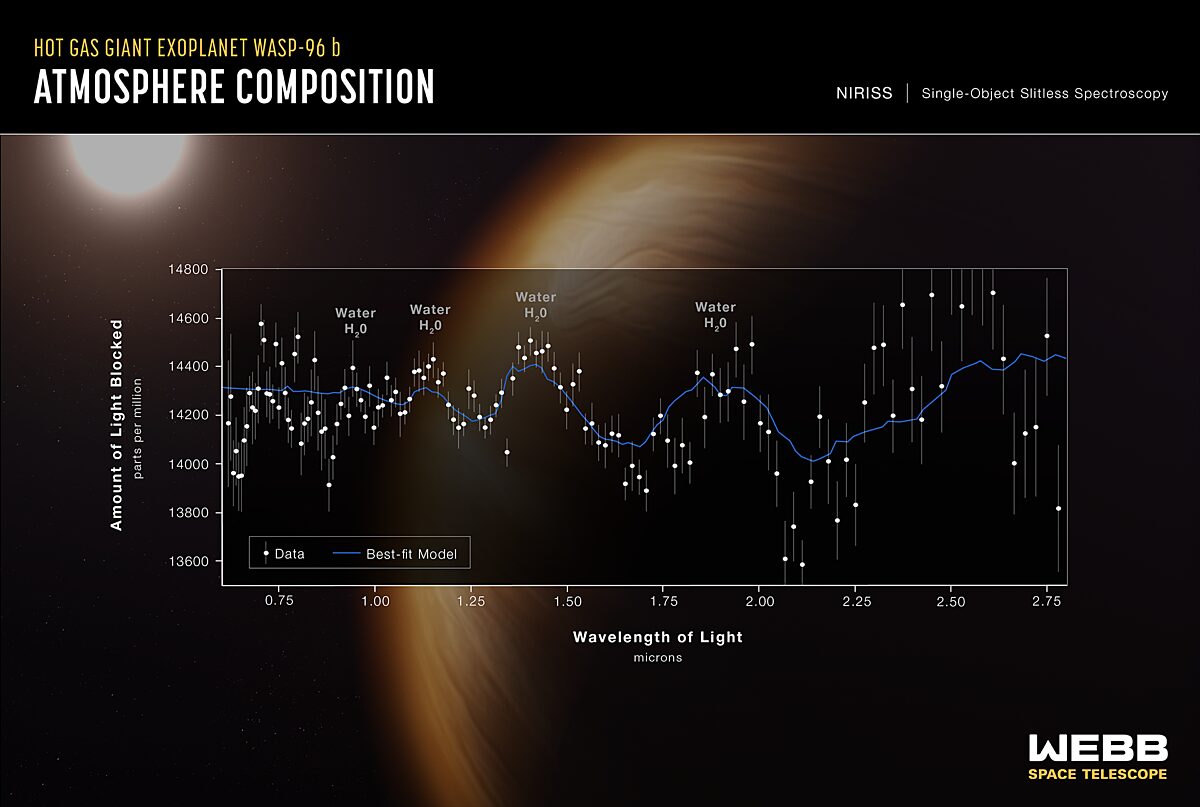Exoplanets, worlds beyond the Solar System
Highlights
- Scientists have discovered more than 5,000 planets outside of the Solar System, or “exoplanets”.
- Most stars in our galaxy have at least one exoplanet, and many are unlike any of the worlds in the Solar System.
- Some exoplanets could be habitable and are prime targets in the search for life beyond Earth.
What are exoplanets?
An exoplanet, short for “extrasolar planet,” is any planet that isn’t in the Solar System. Some are gas giants like Jupiter and Saturn, some are rocky like Mercury or Mars, and others are icy like Neptune or Uranus. A select fraction — we’re not quite sure how many — could be like Earth, rocky and with liquid water on their surfaces.
There are also many exoplanets that don’t look like anything we have in the Solar System. One of the most common kinds of planets are “super-Earths” and “mini-Neptunes”, so called because they are larger than Earth but smaller than Neptune. No world like this exists around the Sun. There are also planets, called “free-floating” or “rogue planets,” that originally formed around a star but then got thrown out to drift through space alone. There are planets that orbit their host stars in hours, and there are planets that take millennia to go around once. There may be “water worlds” completely covered in oceans. And there are planetary systems, like TRAPPIST-1, where several planets are all packed into very close orbits around their star.
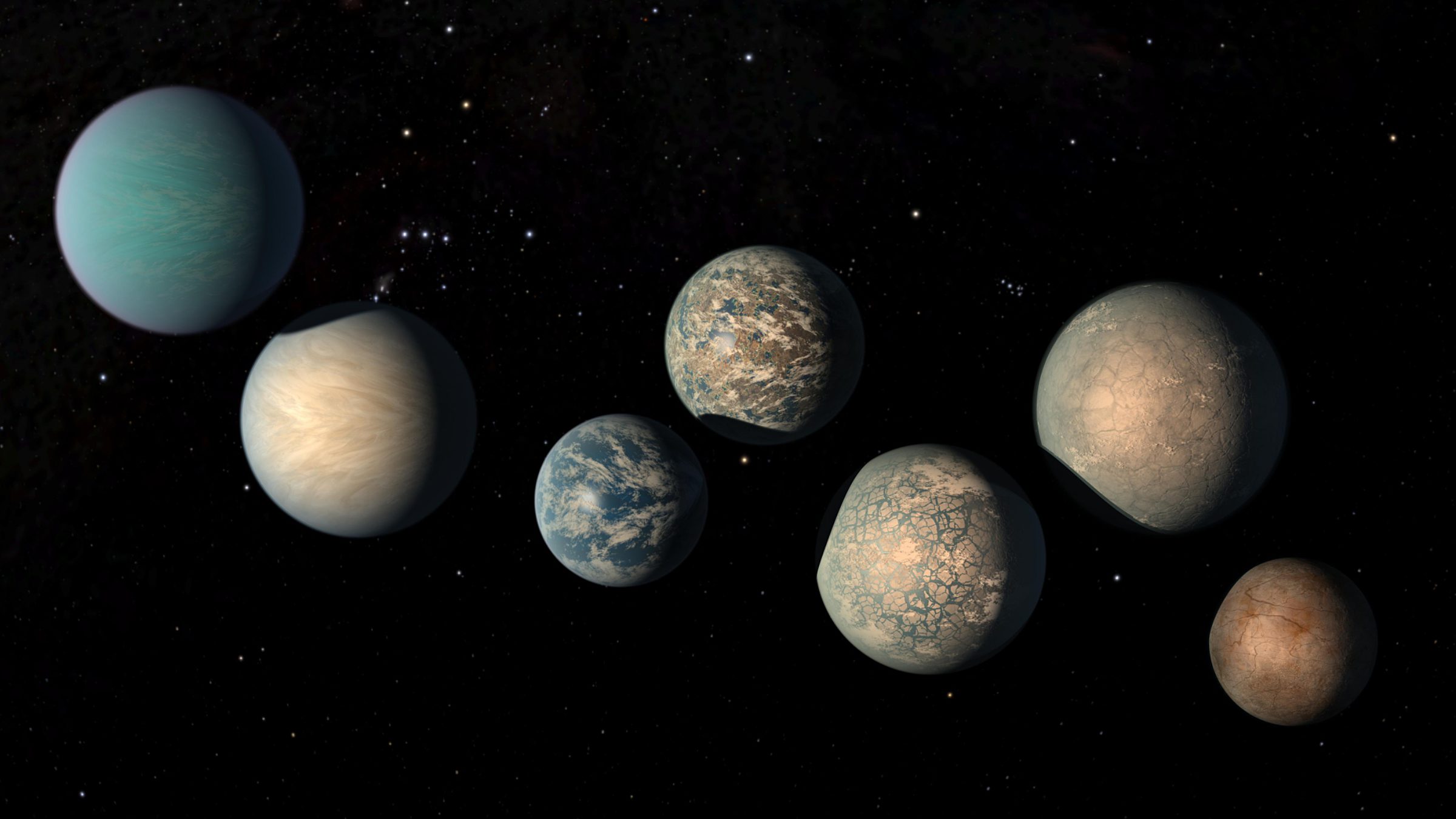
Why study exoplanets?
Are we alone? How did we get here? Every new exoplanet discovery provides important context to help answer these age-old questions.
Just a few decades ago, our entire sense of what worlds could be like throughout the entire Universe was limited to just eight planets: the worlds of our Solar System. Our ideas about how planets form, where we come from, and how rare planets like Earth are — all were limited to this tiny sample. But once scientists began to be able to detect planets around other stars, they quickly realized that the Solar System only showed a tiny piece of the puzzle.
Even the very first exoplanet discovered around a star similar to the Sun, called 51 Pegasi b, threw astronomers for a loop. The planet was about half as massive as Jupiter, but it orbited much closer to its star than Mercury does around the Sun. Most scientists did not expect such a huge planet to exist in such a close orbit. After all, nothing like this exists in our own Solar System, where smaller planets tend to be closer to our star while bigger ones orbit farther away. Astronomers had to come up with a new name — hot Jupiters — for such giant planets orbiting so close to their stars.
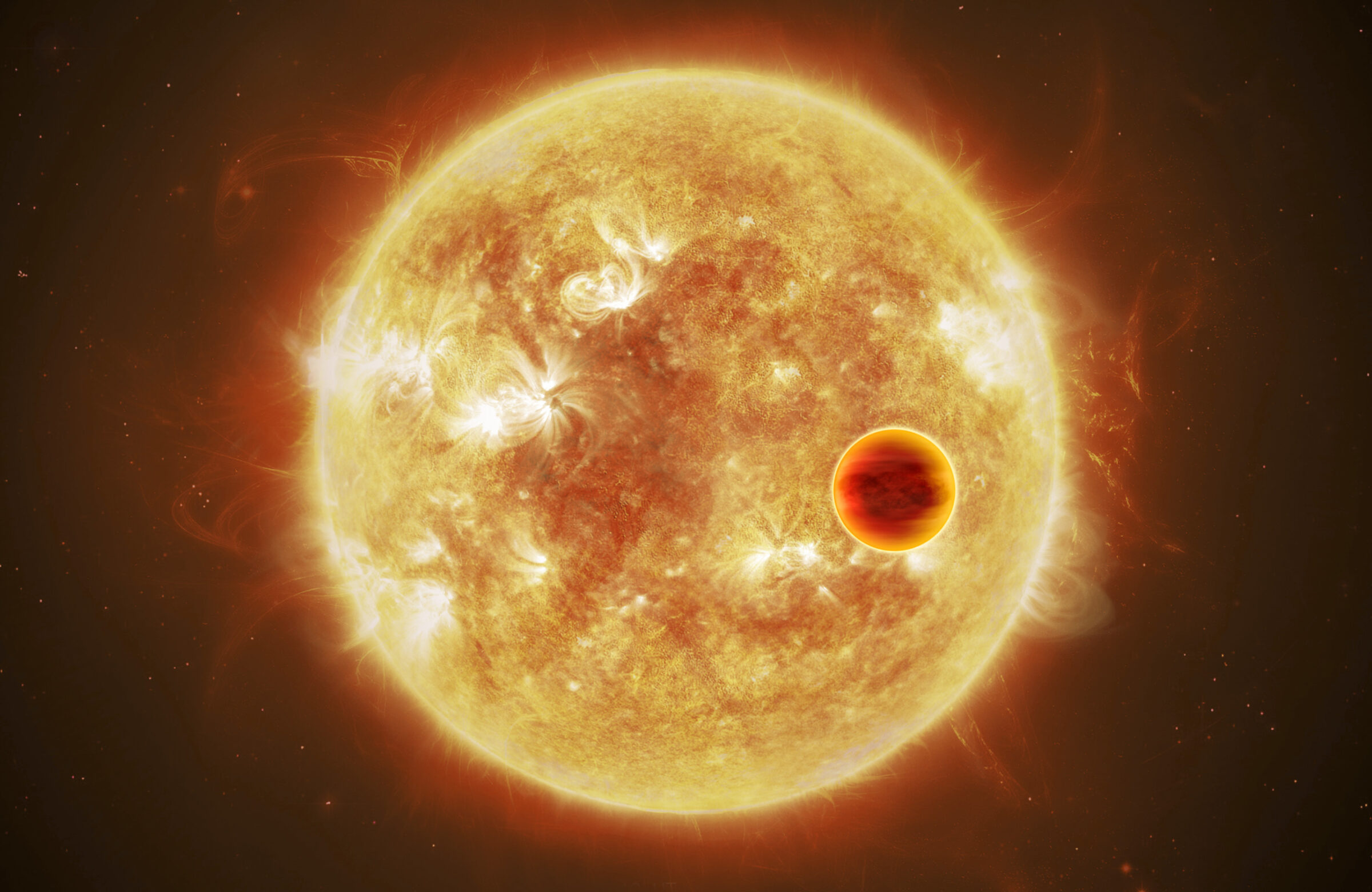
Like 51 Pegasi b, the thousands of exoplanets that scientists have gone on to discover have revolutionized our understanding of the Universe. These new worlds have dramatically shaped our ideas about how planets are born, how they evolve, and their potential to host life.
One day, we may even find another world that hosts life, With continual advancements in exoplanet research, this discovery could come in your lifetime.
How do scientists discover exoplanets?
There are many different ways to look for worlds around other stars. Often, scientists don’t look for planets directly because they would be hard to spot next to their bigger, brighter, nearby stars. Instead, astronomers typically look at a star for signs that planets might be around it.
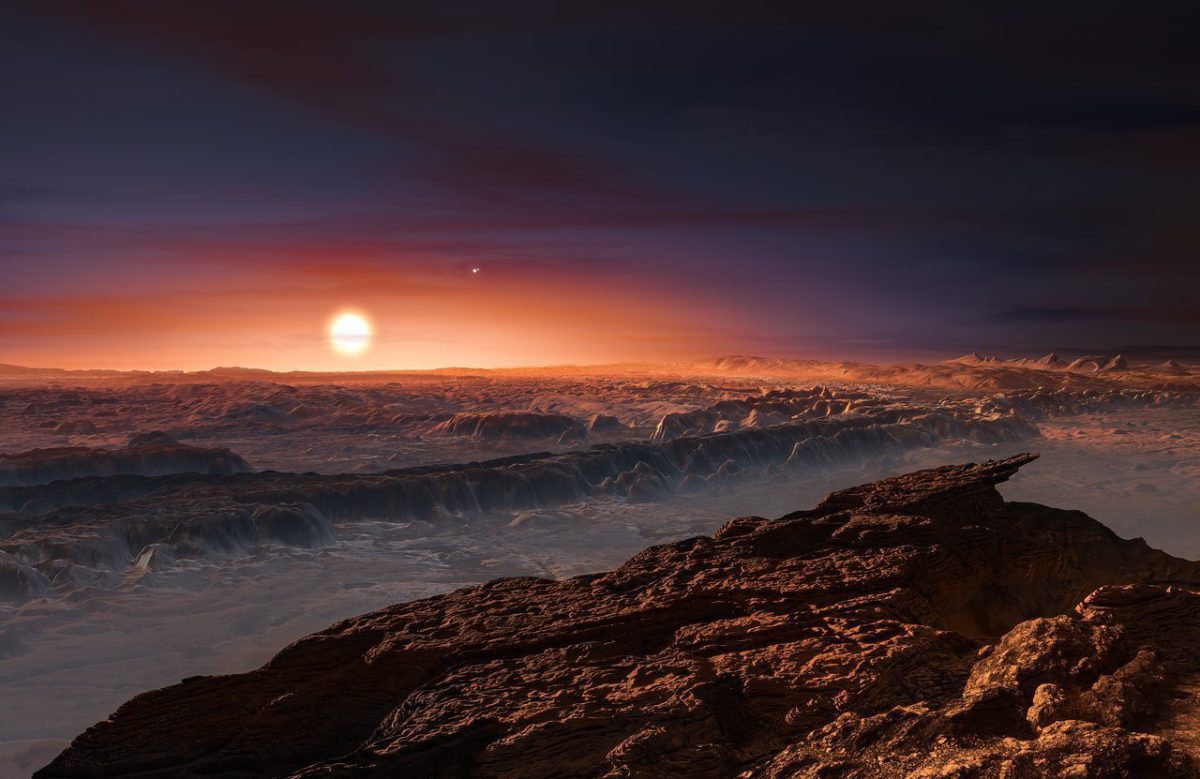
The first exoplanets around Sun-like stars were discovered through the radial velocity method, which senses planets indirectly by monitoring the motion of their parent star through the Doppler effect. The radial velocity method is still a widely used and powerful technique, but a major leap forward came in 2009 with the launch of NASA’s Kepler space telescope. Using the transit method, which looks at a star’s brightness over time to see if it is ever eclipsed by an orbiting world, Kepler discovered nearly 3,000 new planets. NASA’s TESS spacecraft now follows in Kepler’s footsteps and has discovered over 400 transiting planets so far.
Other common ways to discover exoplanets include microlensing and direct imaging. Microlensing looks for planets by seeing how their mass bends the path of light from other stars, while direct imaging looks for light coming directly from a planet.
You also don’t have to be a scientist to help discover an exoplanet! You can join a number of projects that search for alien worlds.
How to Search for Exoplanets
Some methods almost sound like science fiction: Using gravity as a magnifying glass, watching stars wobble at turtle-like speeds, and searching for tiny dips in starlight.
How do we look for Earth-like planets?
Since Earth is the only planet known so far to harbor life, organizations like NASA and the European Space Agency (ESA) prioritize looking for worlds that resemble our own. Generally speaking, a planet is called "Earth-like" if it might have liquid water on a rocky surface and an atmosphere that could support life as we know it. Earth-like planets are not necessarily Earth-sized planets — after all, Venus is about the same size as Earth, but it’s a very different place.
For a planet to have liquid water on its surface, one of the most basic requirements is that it needs to orbit at the right distance from its star. If a world orbits too far from a star, cold temperatures will freeze surface water, and if a world orbits too close, hot temperatures will evaporate it. In between is what scientists call the habitable zone: the range of orbits around a star where liquid water could exist on a planet’s surface. This area is also known as the “Goldilocks zone” because it’s not too hot and not too cold.

Definitions of the habitable zone vary even around the same star, since what happens to a planet’s water can also depend on little-known things like its geology and atmosphere. And just because a world is in the habitable zone doesn’t necessarily mean it could host life — that also depends on lots of other factors, like its chemical makeup, rotation, and the radiation it receives from its star.
Still, a rocky planet in the habitable zone is a very promising target in the search for life. Only around 30-40 worlds like this have been discovered to date. How do we actually look for life on these potentially habitable planets?
How do we look for life on exoplanets?
Mostly, we look at their atmospheres. Depending on context, the presence of certain gasses like water vapor, methane, oxygen, and carbon dioxide in an exoplanet atmosphere can indicate life. Observatories can look for signs of these gasses through direct imaging or by seeing how light from an exoplanetary system changes before, during, and after a planet transits.


 Explore Worlds
Explore Worlds Find Life
Find Life Defend Earth
Defend Earth


